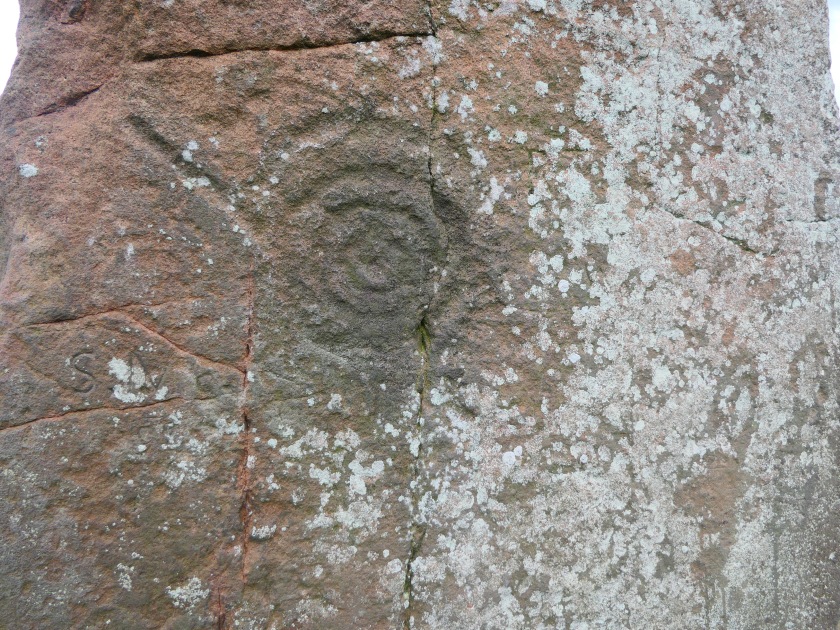The following is a partial summary of a longer article to be found in Celtic Life International (https://celticlife.com/the-chinese-celts/) and the Independent newspaper, (https://www.independent.co.uk/news/world/asia/a-meeting-of-civilisations-the-mystery-of-chinas-celtic-mummies-5330366.html). Perhaps it should be of no surprise that the then nomadic Celts found their way to the far north part of the Silk Road in China. Today we see only vast distances, easy to fly over, difficult to walk across, but when walking was your only option, and it is part of your way of life, what is distance but time travelled?
![tarim_42-570x328[1]](https://celtsdruidsstonecircles.home.blog/wp-content/uploads/2019/05/tarim_42-570x3281.jpg?w=840)
There is no doubt that he is a Celt. The man’s hair is reddish brown flecked with grey, framing high cheekbones, a long nose, full lips and a ginger beard. When he lived three thousand years ago, he stood six feet tall, and was buried wearing a red twill tunic and tartan leggings. His DNA confirms it.
What is extraordinary is that his body was discovered – with the mummies of three women and a baby – in a burial site in the sands of the Taklamakan Desert in the far-flung region of Xinjiang in western China, In the language spoken by the local Uighur people in Xinjiang, “Taklamakan” means: “You come in and never come out.”
DNA testing confirms that he and hundreds of other mummies found in Xinjiang’s Tarim Basin are of European origin. We don’t know how he got there, what brought him there, or how long he and his kind lived there for. But, as the desert’s name suggests, it is certain that he never came out.
One of the women who shared the tomb has light brown hair which looks as if it was brushed and braided for her funeral only yesterday. Her face is painted with curling designs, and her striking red burial gown has lost none of its lustre during the three millenniums that this tall, fine-featured woman has been lying beneath the sand of the Northern Silk Road.The bodies are far better preserved than the Egyptian mummies, and it is sad to see the infants on display; to see how the baby was wrapped in a beautiful brown cloth tied with red and blue cord, then a blue stone placed on each eye. Beside it was a baby’s milk bottle with a teat, made from a sheep’s udder. Analysis has shown that the weave of the cloth is the same as that of those found on the bodies of salt miners in Austria from 1300BC.

 I had never heard of them before, until we moved to Yorkshire, near to the famous Ilkley Moor. There I discovered that just about every rock on the Moors was inscribed with cup and ring markings. And more than that, cup and ring markings are to be found in abundance all over of Britain, and to a lesser extent, the world.
I had never heard of them before, until we moved to Yorkshire, near to the famous Ilkley Moor. There I discovered that just about every rock on the Moors was inscribed with cup and ring markings. And more than that, cup and ring markings are to be found in abundance all over of Britain, and to a lesser extent, the world.